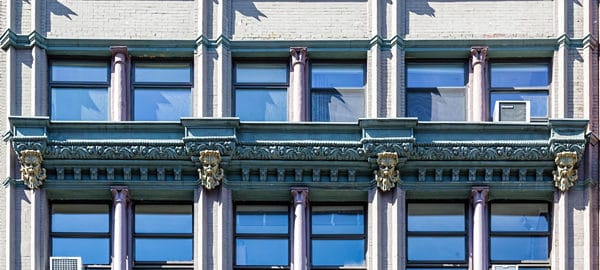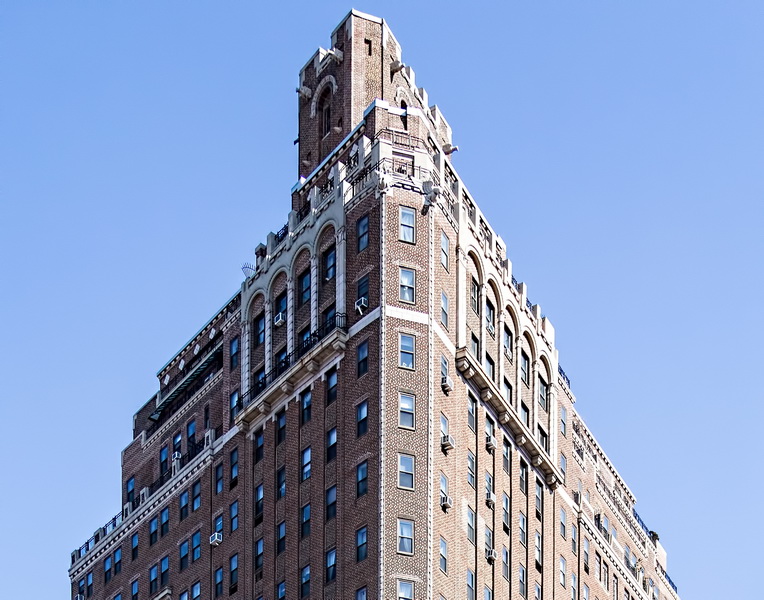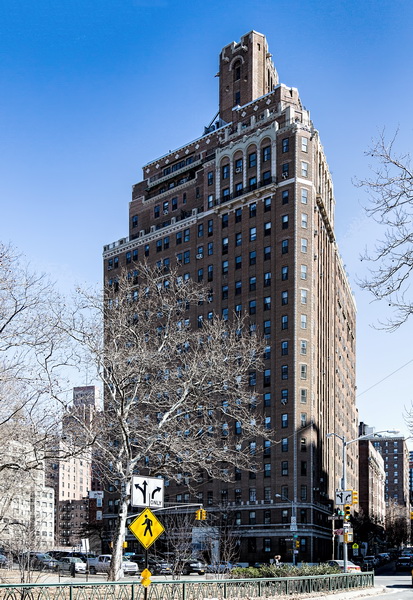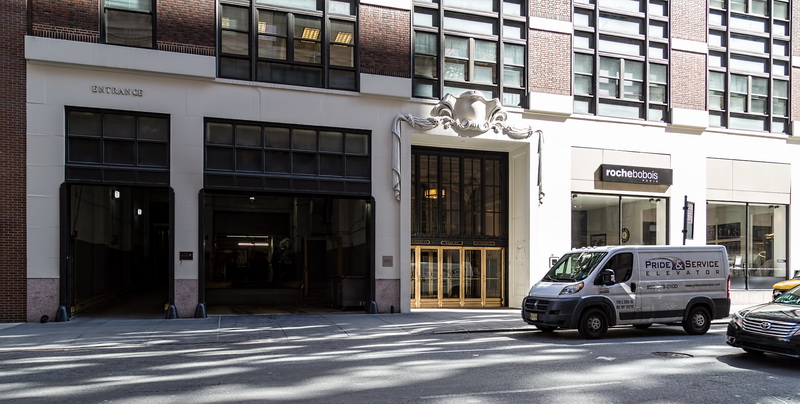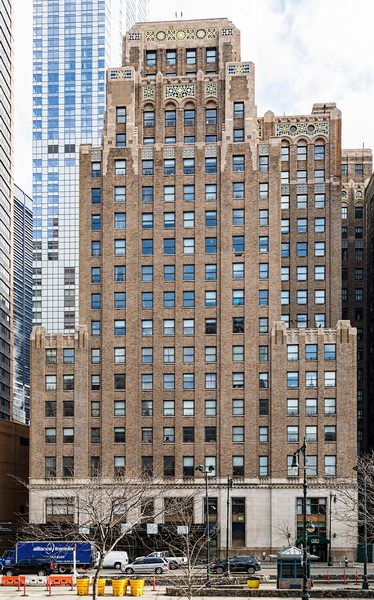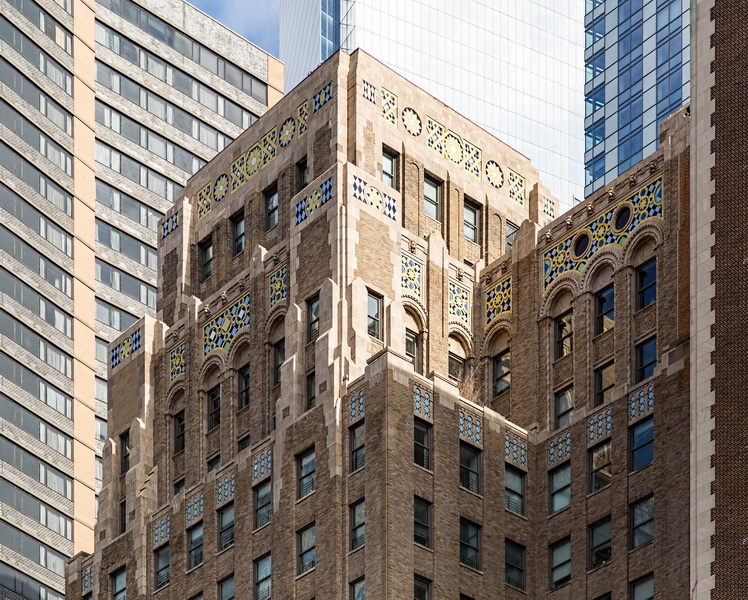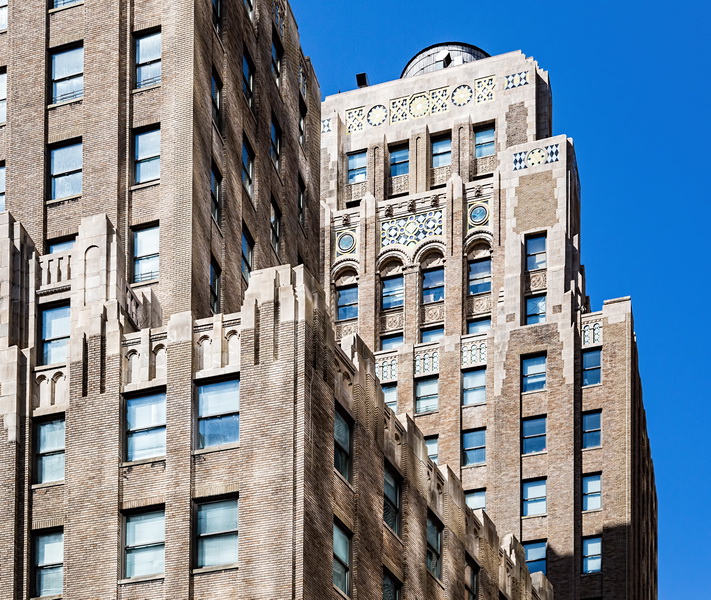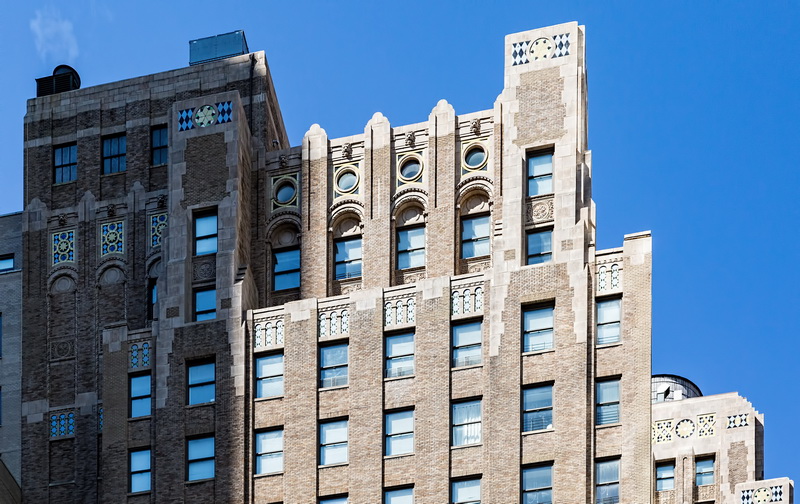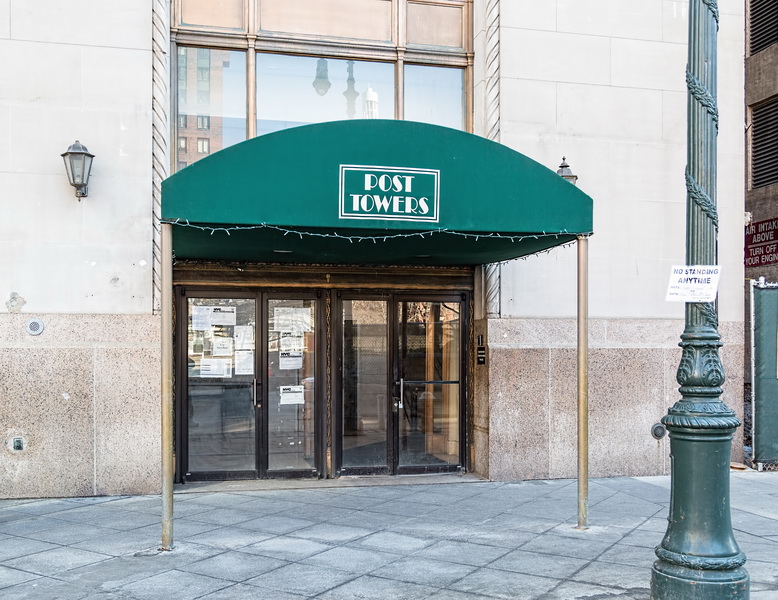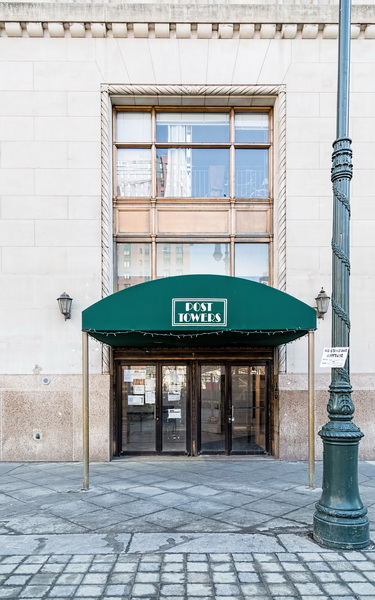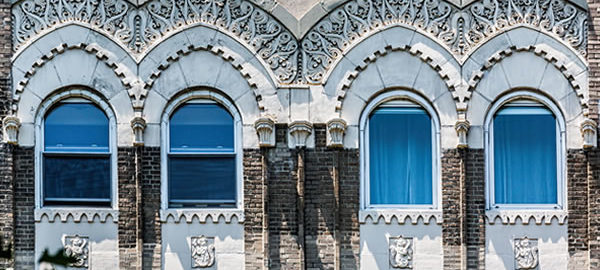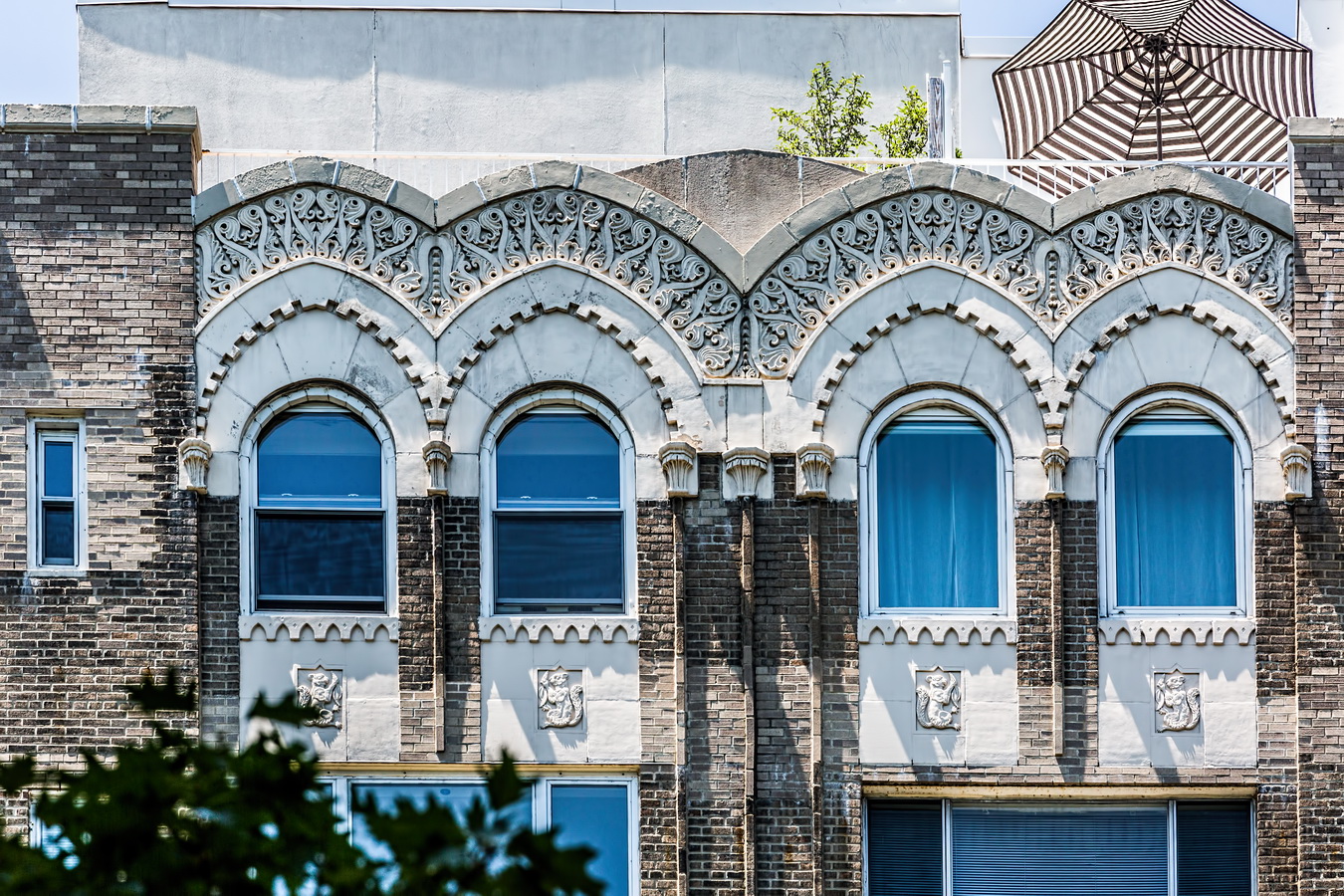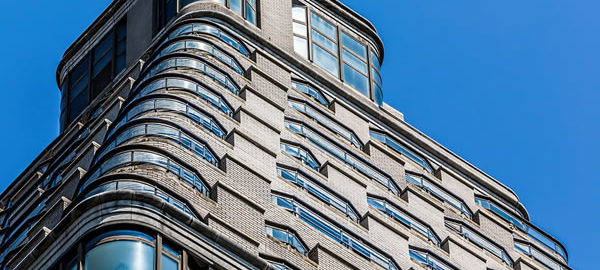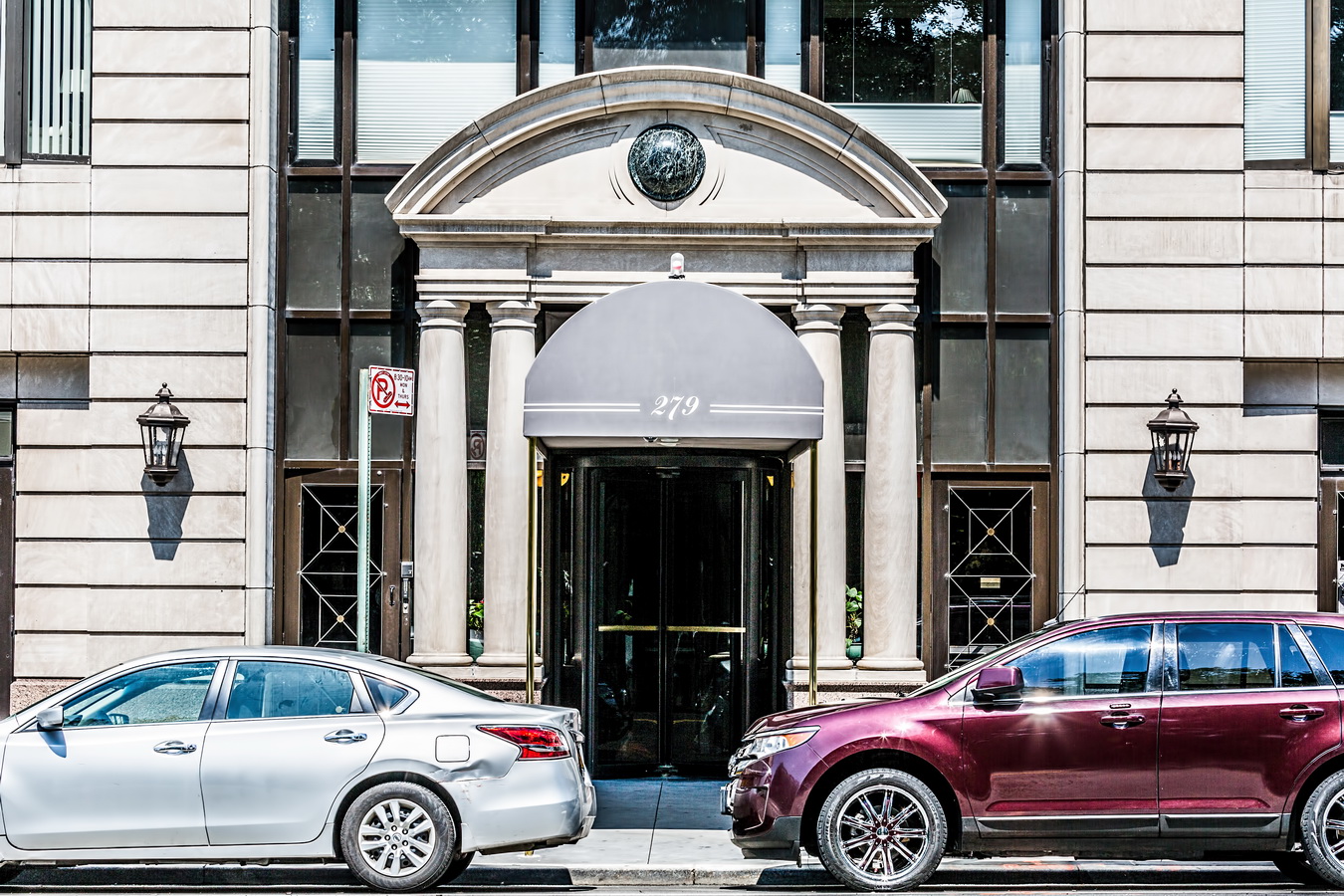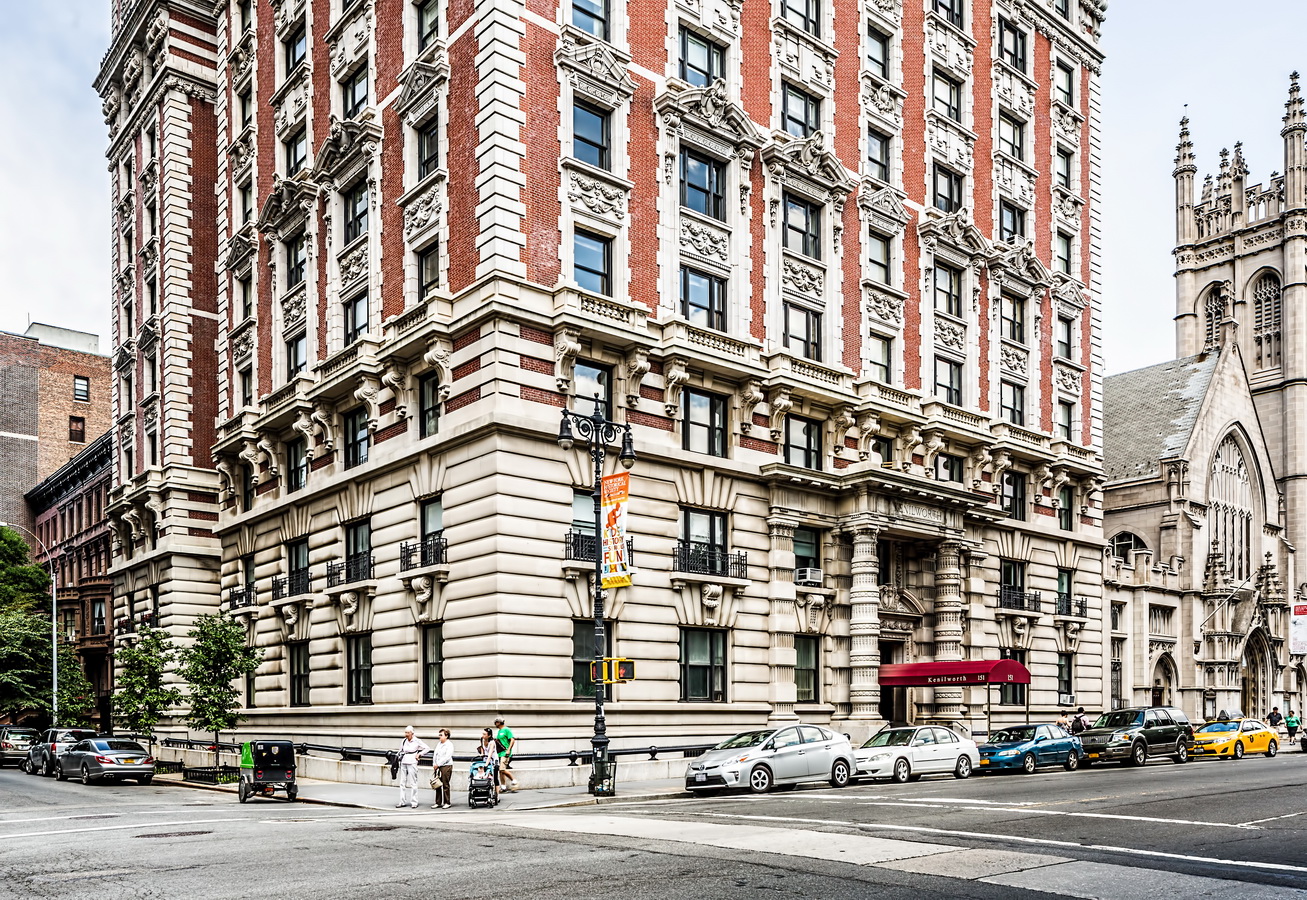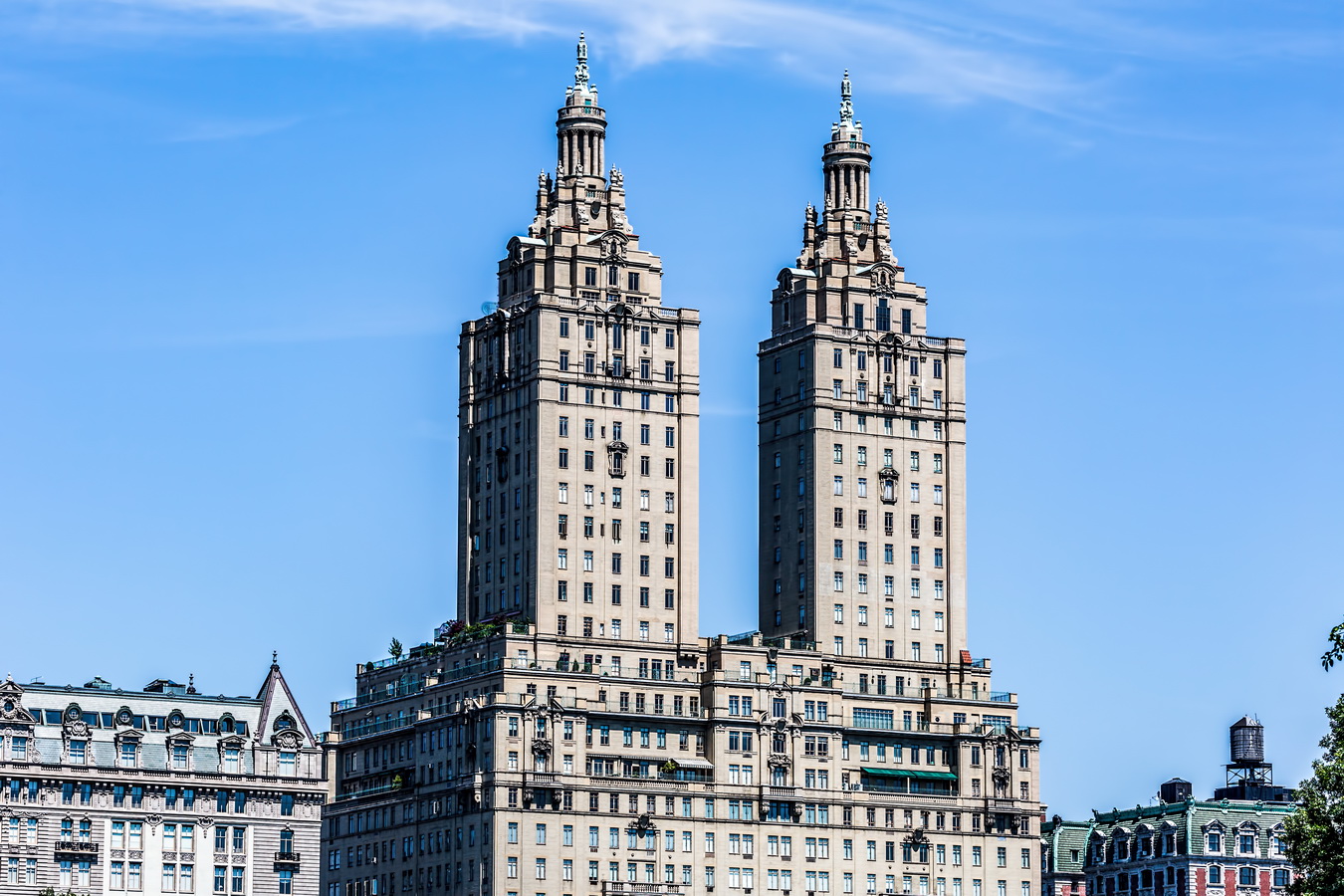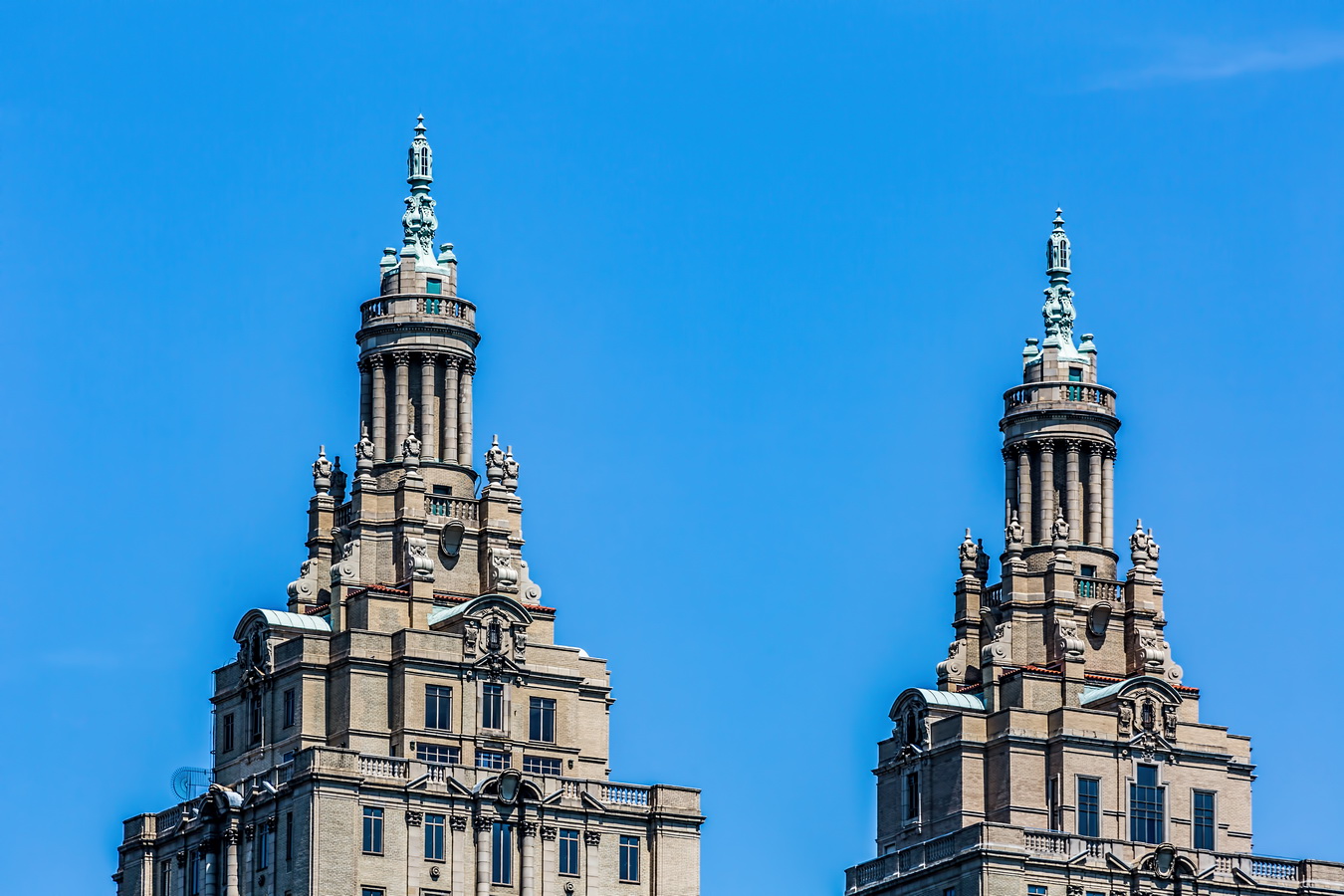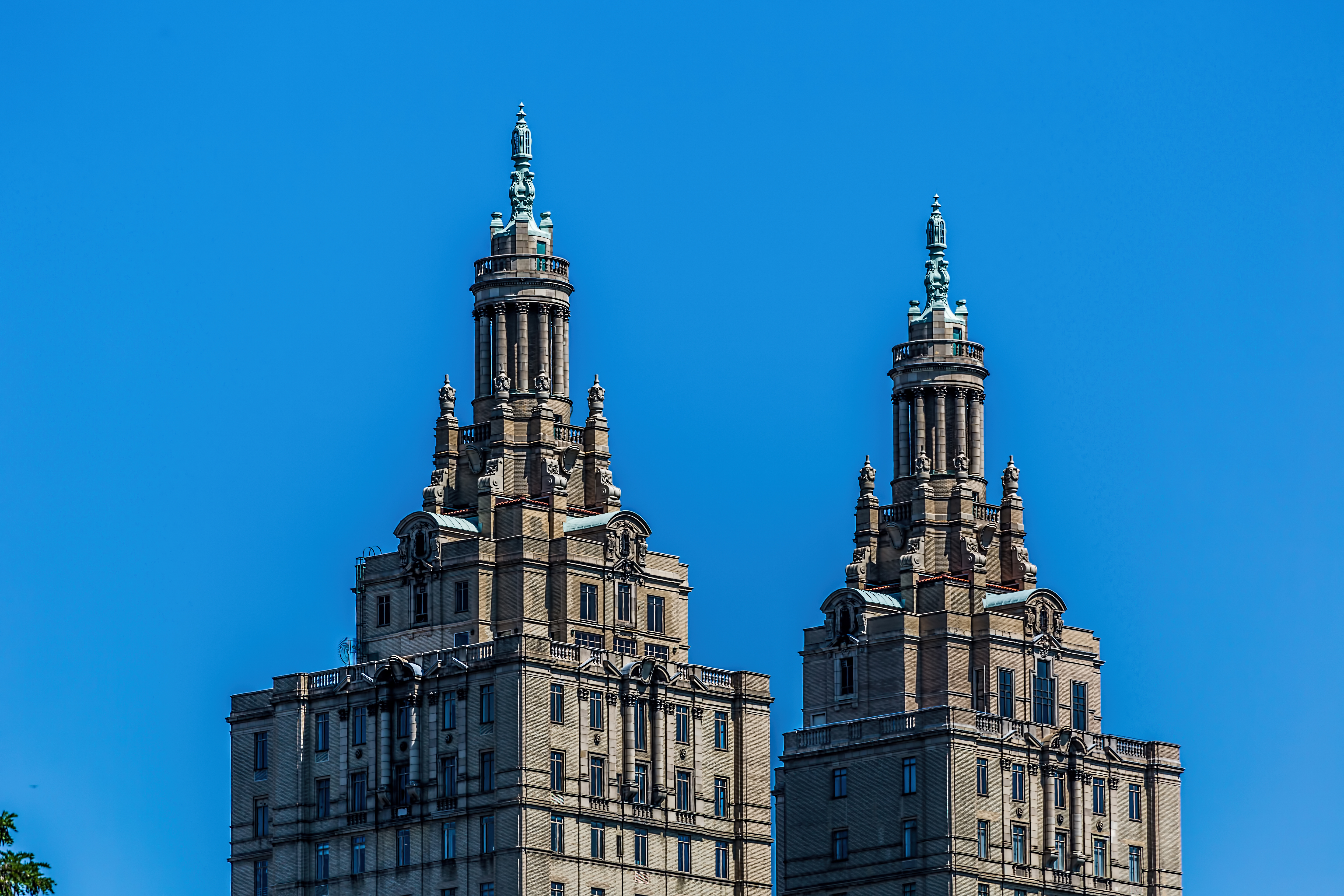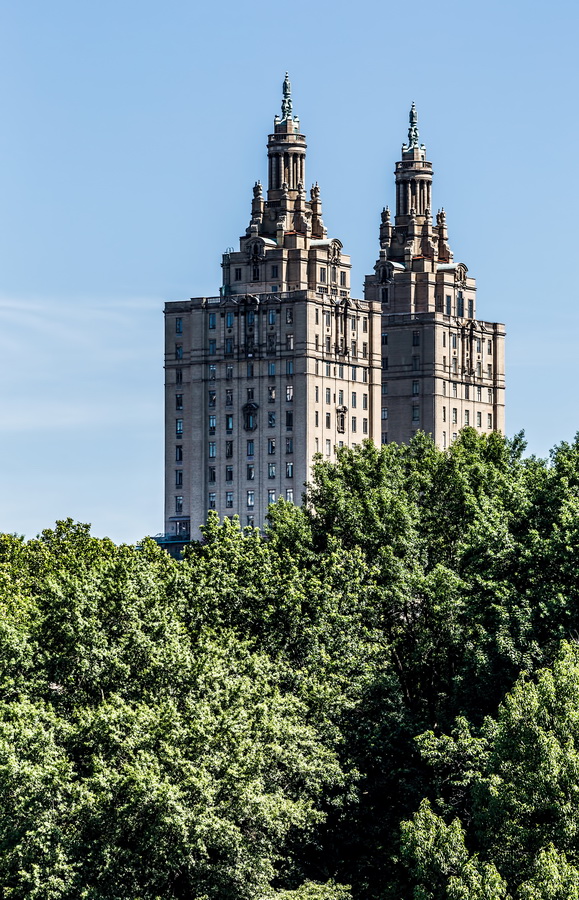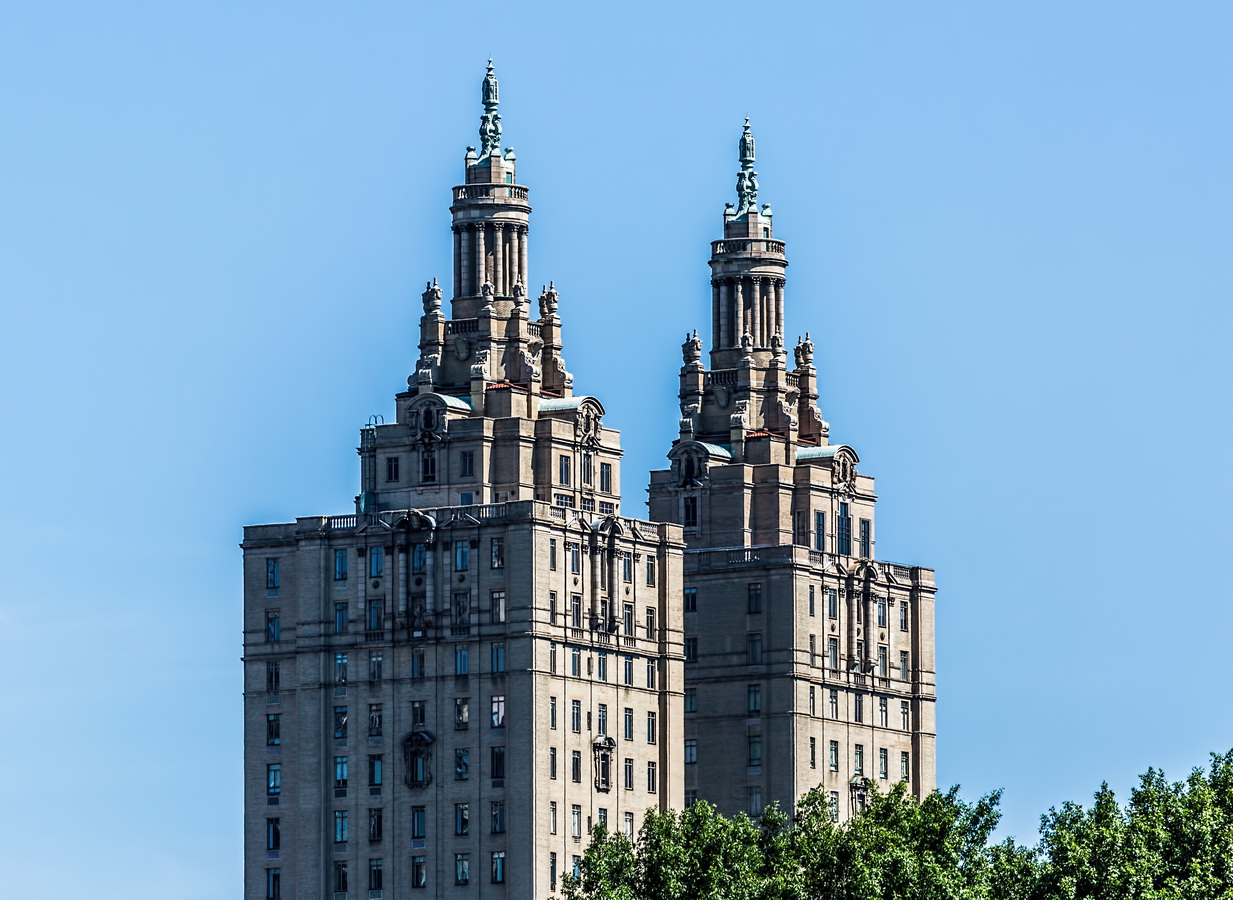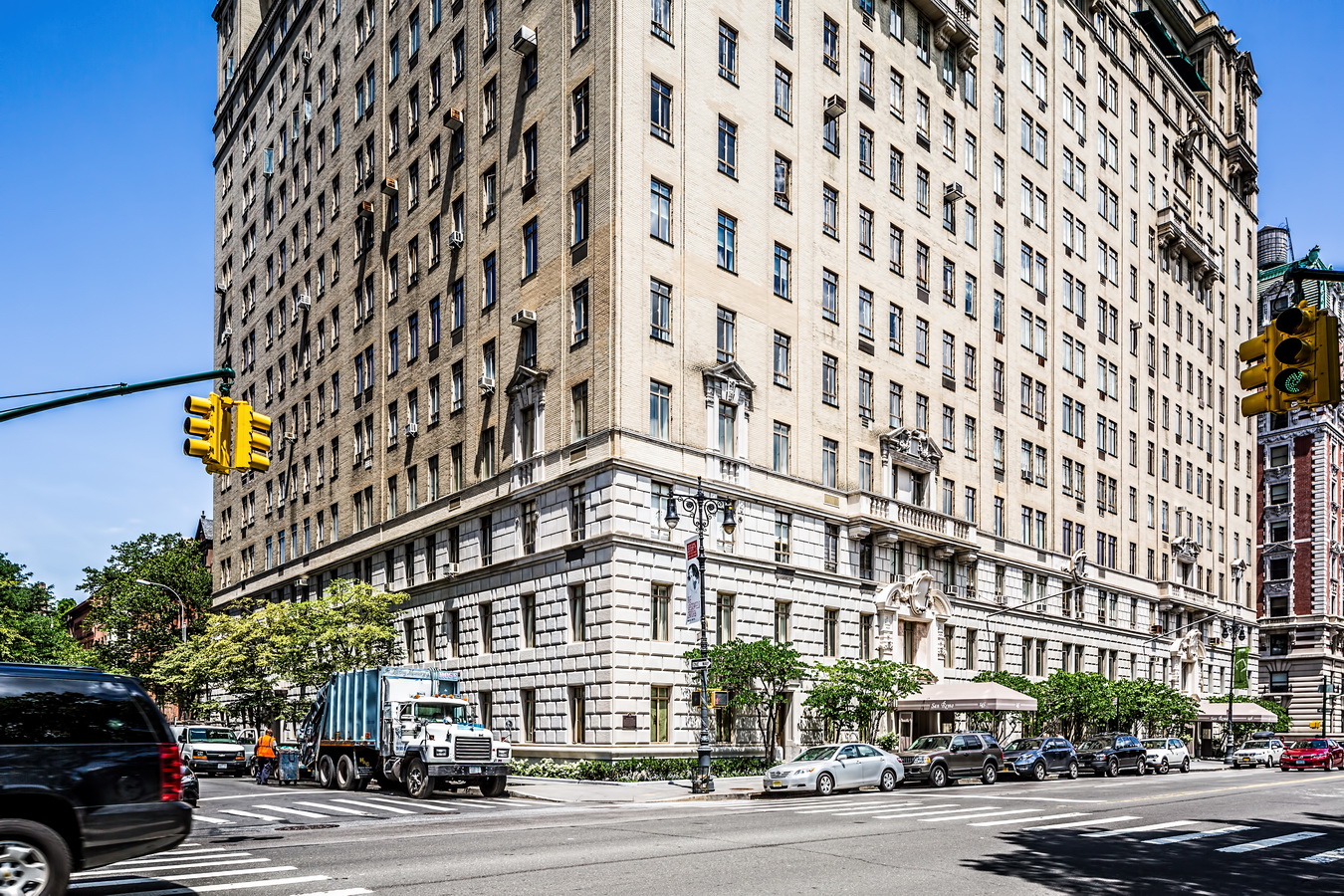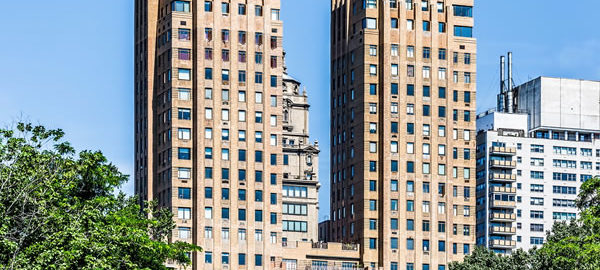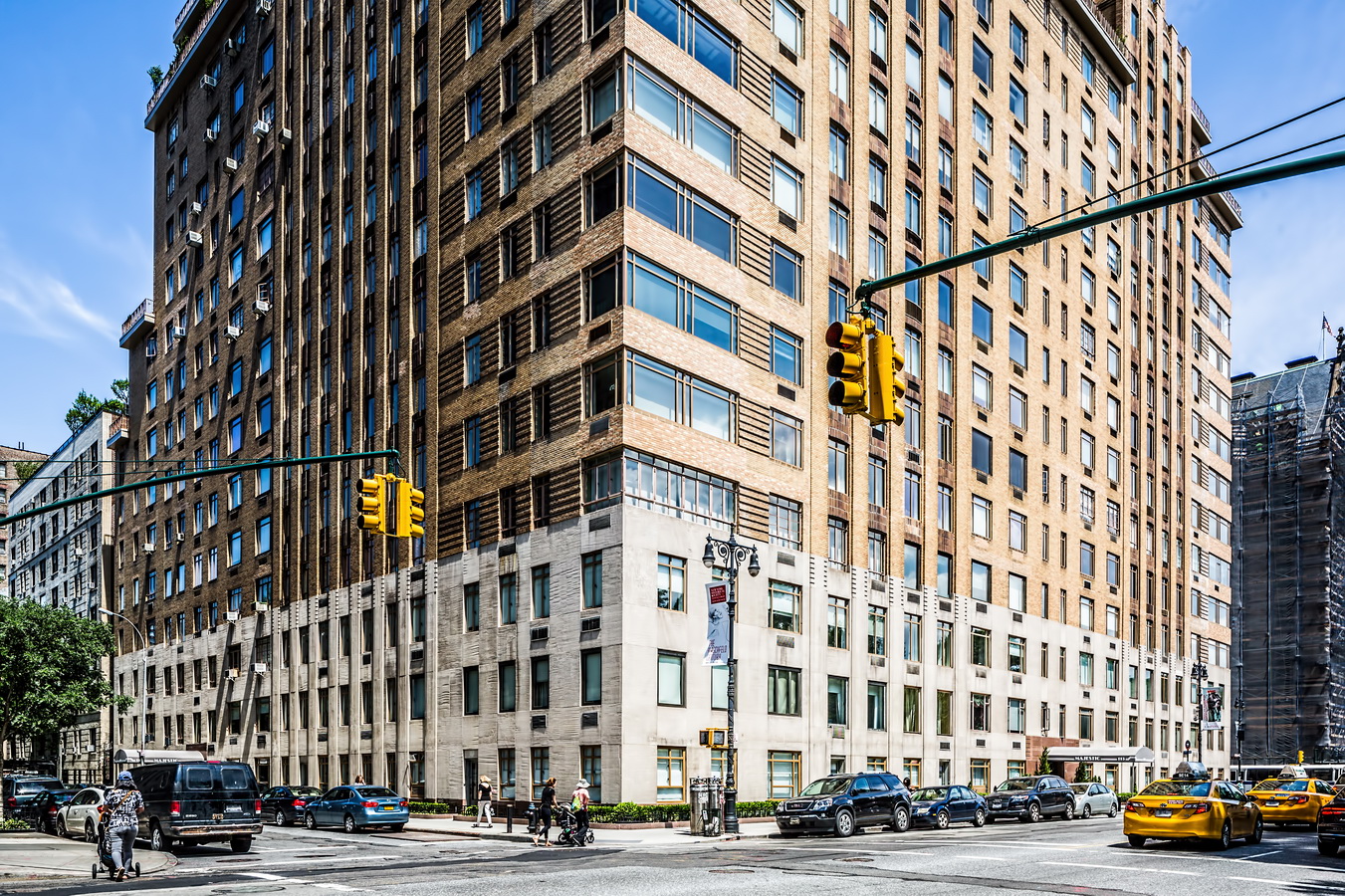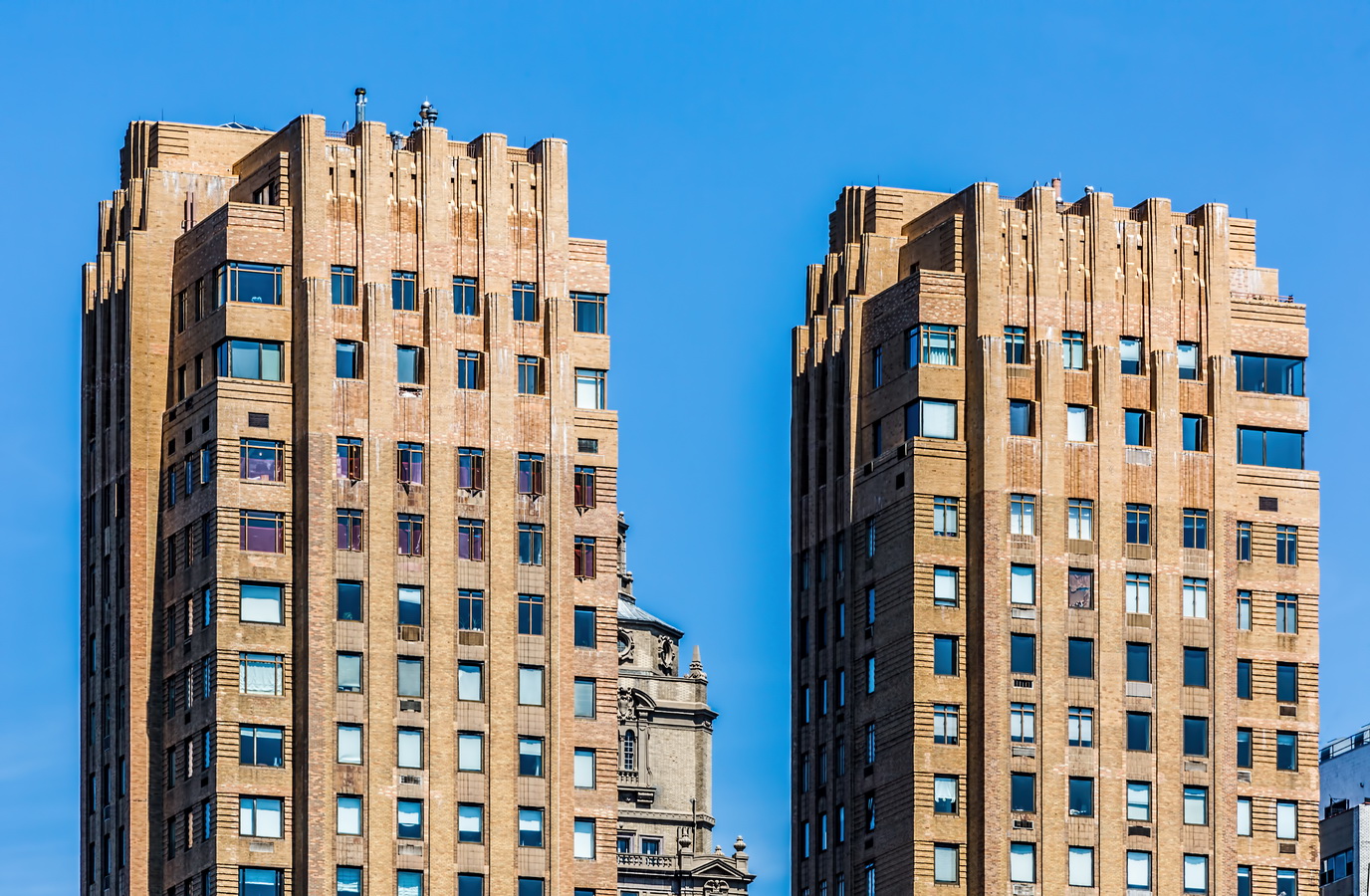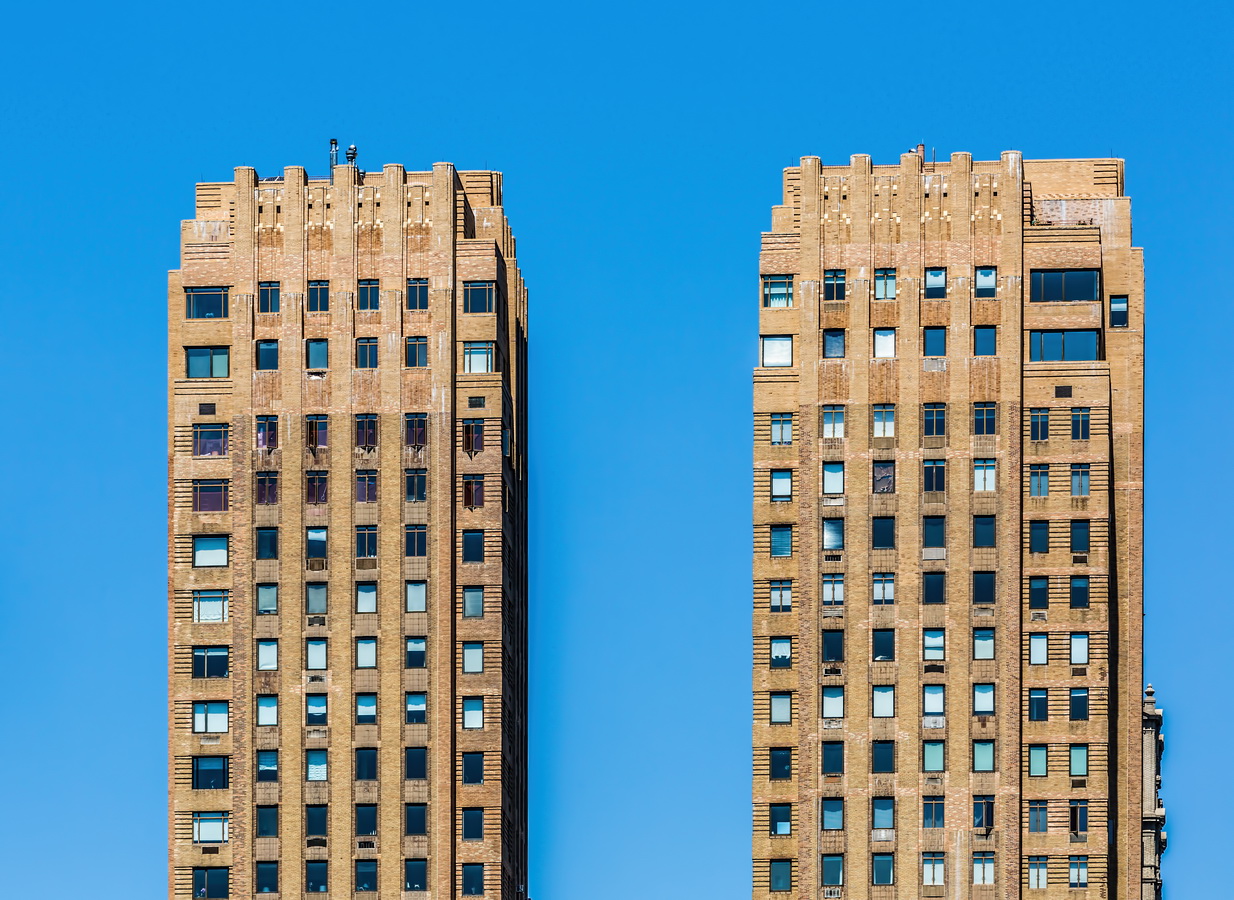240 W 23 Street, described as “eclectic” in the “AIA Guide To New York City,” is right at home on an eclectic block of Chelsea. C.P.H. Gilbert, best known for elaborate mansions, designed the commercial structure with almost as much detail as his gothic Ukrainian Institute (former Harry F. Sinclair House). The lofts-turned-apartments sits among official and unofficial landmarks such as the Chelsea Hotel (two doors east), Muhlenberg Branch of the NY Public Library, and McBurney YMCA.
There seems to be some confusion about the building’s age. The AIA Guide reports “1880s”; Daytonian in Manhattan says 1899; the Department of Buildings says 1920; most real estate sources list 1930. Since Daytonian in Manhattan seems to have done the most research, I’m going with 1899.
240 W 23 Street Vital Statistics
- Location: 240 W 23rd Street, between 7th and 8th Avenues
- Year completed: 1899 (many references say 1930)
- Architect: C.P.H. Gilbert
- Floors: 7
- Style: “eclectic”
240 W 23 Street Recommended Reading
- Wikipedia entry (architect C.P.H. Gilbert)
- The New York Times listing: Arcadia
- The New York Times Streetscapes /The Donac, at 402 West 20th Street; A Curved 1898 Tribute to a Major Chelsea Developer (November 19, 2000)
- Daytonian in Manhattan blog
- StreetEasy NY listing
- City Realty review
- AIA Guide To New York City reference
